Cross-Border Complexity – How Hyperscale Is Forcing Horizontal Integration

PDG’s MU1 facility, located on a 50-acre IT/ITES campus in Airoli, Navi Mumbai, India.
As demand for AI-ready data centers scales across the Asia-Pacific region, the model of deployment is changing. No longer can a single jurisdiction meet the diverse needs of capacity, latency, redundancy, and compliance. Developers are pursuing regional footprints – and encountering horizontal strain.
PDG’s MU1 facility in Navi Mumbai illustrates the new complexity. Part of a $1.2 billion expansion strategy, MU1 anchors a wave of builds across India, China, and Japan. In May 2025, PDG secured $800 million in project financing and an additional $400 million HoldCo loan from a consortium of global banks, including Barclays, BNP Paribas, and Deutsche Bank. But each site carries unique regulatory overheads. India’s MU1 grappled with transmission interconnection delays. In China, land use permits required municipal-level interventions. In Japan, environmental approvals took over 14 months despite early-stage consultations.
Synchronizing Across Borders Is the New Challenge
In Malaysia, GDS Holdings, Gaw Capital, and the Employees Provident Fund are co-developing a hyperscale campus in Nusajaya, Johor. Its location just across the border from Singapore makes it ideal for AI inference spillover from the island city-state. But execution hinges on harmonizing requirements across Malaysian federal agencies, Johor state authorities, Tenaga Nasional, and Singapore data compliance frameworks.
Meanwhile, in Vietnam, NTT Global Data Centers broke ground on a 6MW site outside Ho Chi Minh City in April 2025. While land and power access were swiftly secured, challenges could emerge around cross-border latency guarantees and cloud sovereignty provisions for Japanese and Korean enterprise clients.
The trend is clear: latency tolerance in AI inference allows developers to expand beyond traditional metros, but only if the weakest link in jurisdictional alignment is addressed. Horizontal integration across markets — in permitting, interconnection, resilience, and regulation — is the new frontier for hyperscale growth.
The opportunity is vast, but execution will be uneven unless public and private stakeholders begin treating digital infrastructure the way they would regional rail or electricity markets: as a multi-jurisdictional system that must work in concert to deliver value.
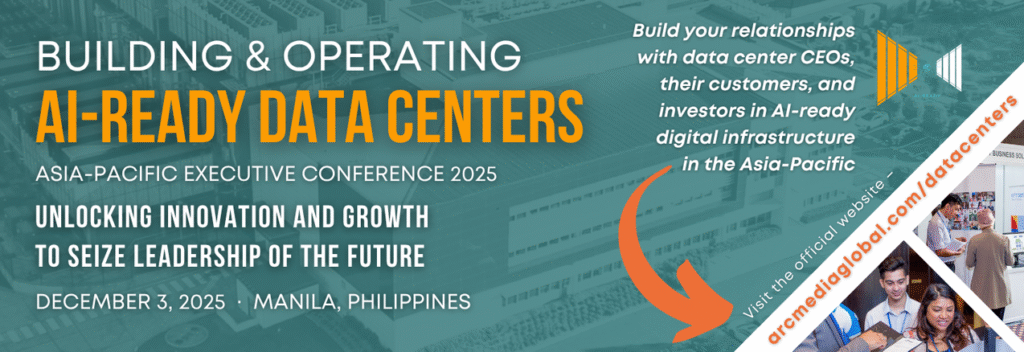




 Time to Market – Why Execution, Not Strategy, Is the Philippines’ Digital Pivot
Time to Market – Why Execution, Not Strategy, Is the Philippines’ Digital Pivot  Redefining the Grid – Why the Power System Is the New Data Center Frontier
Redefining the Grid – Why the Power System Is the New Data Center Frontier 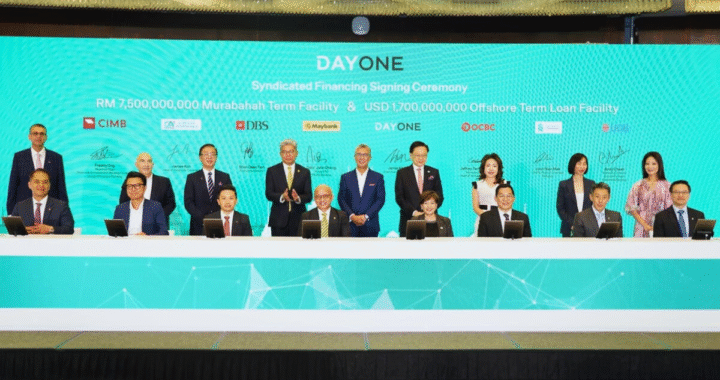 Deal Architecture 2.0 – Execution Risk Outpacing Pure Capital Availability
Deal Architecture 2.0 – Execution Risk Outpacing Pure Capital Availability 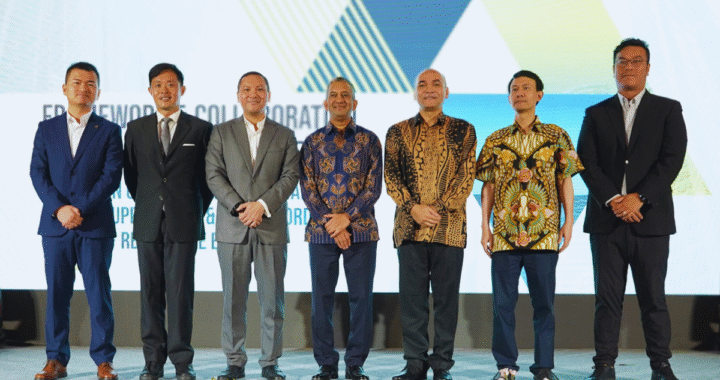 Energy, Not Just Real Estate – Rethinking Data Campuses With Power in Mind
Energy, Not Just Real Estate – Rethinking Data Campuses With Power in Mind 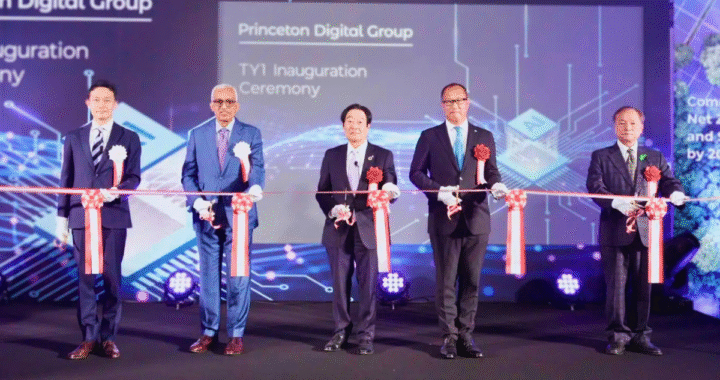 The Real Bottleneck: Why Energy, Not Ambition, Is Stalling the Asia-Pacific’s AI Data Center Boom
The Real Bottleneck: Why Energy, Not Ambition, Is Stalling the Asia-Pacific’s AI Data Center Boom  SoftBank Bets on Green Future with Japan’s Largest AI Data Center in Hokkaido
SoftBank Bets on Green Future with Japan’s Largest AI Data Center in Hokkaido 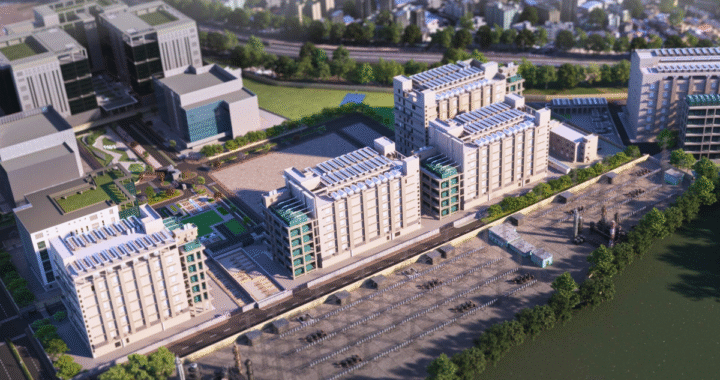 Cross-Border Complexity – How Hyperscale Is Forcing Horizontal Integration
Cross-Border Complexity – How Hyperscale Is Forcing Horizontal Integration